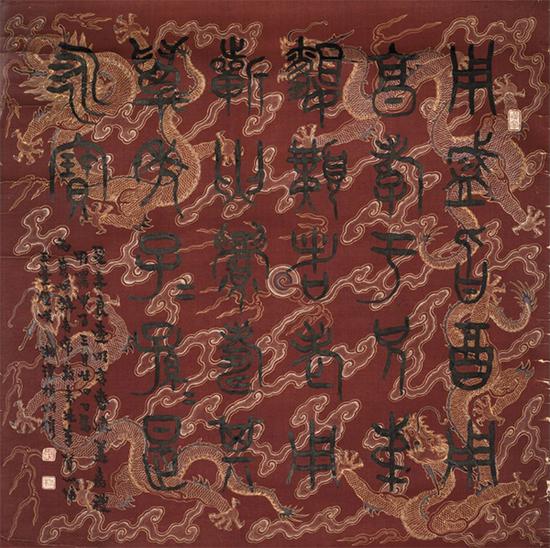
This NASA artist's concept obtained November 1, 2018 shows NASA's Dawn spacecraft arriving at the dwarf planet Ceres (lower right), travelling through space using a technology called ion propulsion, in which ions are accelerated out of an engine, giving the spacecraft thrust, the xenon ions glow with blue light. - Dawn, a NASA spacecraft that launched 11 years ago and studied two of the largest objects in the asteroid belt, has ended its mission after running out of fuel, officials said November 1, 2018. Scientists have known for about a month that Dawn was essentially out of its fuel, hydrazine, which kept the spacecraft's antennae oriented toward Earth and helped it turn its solar panels to the Sun to recharge. Then, the spacecraft missed scheduled communications with NASA's Deep Space Network on Wednesday and Thursday, and the space agency declared it formally dead. (Photo/Agencies)

This file image provided by NASA shows the dwarf planet Ceres, taken by the space agency's Dawn spacecraft from a distance of nearly 29,000 miles (46,000 kilometers). On Friday, March 6, 2015, NASA’s Dawn spacecraft arrives at the mysterious dwarf planet located in the asteroid belt between Mars and Jupiter after a nearly eight-year journey. Dawn, which previously visited Vesta, also in the asteroid belt, has already beamed back images of Ceres as it closes in. (Photo/Agencies)

This NASA artist's concept obtained November 1, 2018 shows NASA's Dawn spacecraft arriving at the dwarf planet Ceres (lower right), travelling through space using a technology called ion propulsion, in which ions are accelerated out of an engine, giving the spacecraft thrust, the xenon ions glow with blue light. Dawn, a NASA spacecraft that launched 11 years ago and studied two of the largest objects in the asteroid belt, has ended its mission after running out of fuel, officials said November 1, 2018. Scientists have known for about a month that Dawn was essentially out of its fuel, hydrazine, which kept the spacecraft's antennae oriented toward Earth and helped it turn its solar panels to the Sun to recharge. Then, the spacecraft missed scheduled communications with NASA's Deep Space Network on Wednesday and Thursday, and the space agency declared it formally dead. (Photo/Agencies)

This photo from a sequence of images provided by NASA, taken from the Dawn spacecraft of Ceres, a dwarf planet located in the asteroid belt between Mars and Jupiter. NASA said the start of science observations was slightly delayed because of a communication glitch. The space agency said the delay won’t affect the overall mission. (Photo/Agencies)

This image provided by NASA, shows an inactive volcano on the surface of Ceres, the largest object in the asteroid belt between Mars and Jupiter. Scientists said the volcano on the dwarf planet Ceres is about half as tall as Mount Everest. (Photo/Agencies)























